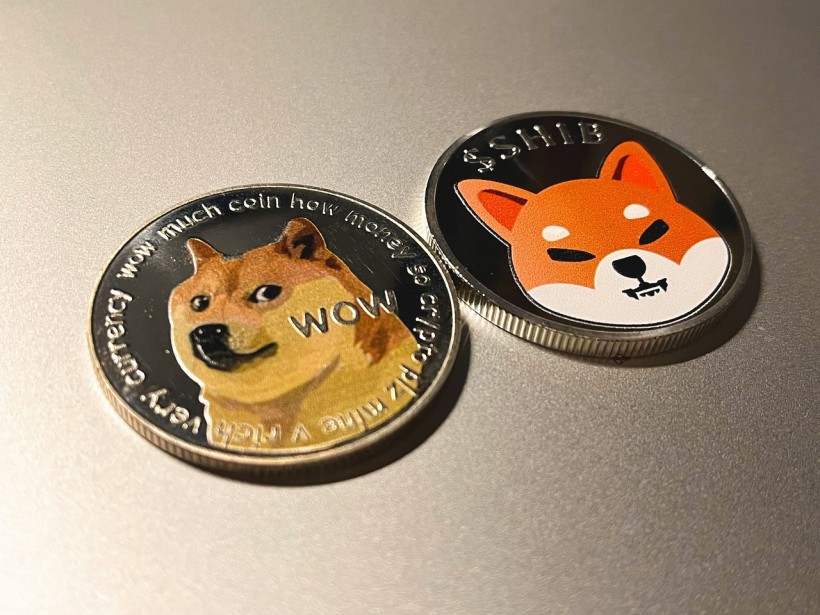
Perhaps everyone who begins to study the topic of cryptocurrencies sooner or later comes across the very expressive term "shitcoin." The most radical supporters of Bitcoin use this word as an exact synonym for another term—altcoin, that is, any non-BTS coin. Yes, from their point of view, stablecoins also fall into this category, even though the USDT ERC20 price is equal to 1 dollar.
In a softer and more common use, this term refers to cheap, low-cap coins. Further in the text, we will adhere to this interpretation of the term. If liquid cryptocurrencies with a high capitalization can be compared with money, then shitcoins are useless souvenir banknotes or coins. They cost practically nothing, but until someone (for example, collectors) becomes seriously interested in them.
The category of shitcoins automatically includes coins of projects that have not yet been launched, projects that have failed, those that are obviously fraudulent, as well as those that do not have their own blockchain, clearly formulated goals, and a road map. Such assets can be so cheap that by spending a few tens of dollars, you can become the owner of several billion coins.
However, it is impossible to predict how the value of shitcoin will change in the future. Even if the project underlying the coin has no prospects, in case of sudden interest from investors, the price of shitcoin will rapidly increase hundreds of times. This is what attracts the attention of risk-averse investors to them.
How to Distinguish a Coin with Good Potential from Shitcoin
As mentioned above, until the project is launched, its coin falls under the definition of shitcoin. However, obviously, useless projects differ from serious ones even at this stage. A potentially good project usually has a reputable team with a good reputation behind it; it has well-developed technical documentation with clear statements of goals and ways to achieve them. You can buy such coins with an eye to the future, including the long-term, but only if you are very risk-averse and not with all the remaining money.
A typical shitcoin usually has nothing like this, although this in no way excludes the possibility of a sudden rise in even a completely useless coin. You can actually make money on them, and very well. But how soon after the purchase this will happen and whether it will happen is unknown.
That is, the most difficult thing in this earning strategy is to buy the best shitcoin in a sufficiently large quantity. At the same time, the likelihood that another shitcoin will go unnoticed in the petabytes of digital trash on the Internet is still much higher. Therefore, thrill-seekers buy dozens of such coins, hoping that at least one of them will fly to the moon. This is often enough to cover the failures in other positions completely.
To reduce the risks of investing in such coins, you should follow several rules:
- It is better to buy coins on CEX since reputable platforms weed out outright fraudulent assets.
- Avoid coins with political, humorous, or provocative names.
- Choose forks of well-known coins or assets of reputable companies for investment.
- Avoid spontaneous purchases of shitcoin that have risen sharply in price. Behind such phenomena, there are often "whales" unknown to you, and this is clearly not your game.
- Be very careful about portfolio diversification.
A well-thought-out aggressive strategy, subject to competent risk management, and a successful purchase can bring the investor great profits. The attractiveness of such coins is added by a large selection, low entry threshold, and high profitability potential.
At the same time, shitcoins should not be seriously considered as a tool for accumulation and long-term storage. Experts believe that even with the most aggressive investment strategy, the maximum permissible share of shitcoins in a crypto portfolio should not exceed 20%.
* This is a contributed article and this content does not necessarily represent the views of sciencetimes.com














